As parents and educators, we recognize that children aren't always able to sit perfectly still, nor are they meant to! In fact, for many kids movement and fidgeting while seated is essential for their focus and well-being. Kids with Attention Deficit Hyperactivity Disorder (ADHD), seem to need more movement than others. Let's explore why movement matters and discover a range of flexible seating options that can benefit children with ADHD.
Why Movement and Fidgeting are Important
Movement is a natural way for children to engage with the world. It helps them release excess energy, improve circulation and maintain alertness. When kids are confined to rigid seating their ability to move freely can be restricted, leading to restlessness and decreased concentration.
Children with ADHD often experience heightened sensory needs and a stronger urge to fidget or shift positions. This is because their brains are wired differently, making it harder for them to sustain attention without some form of physical activity. Incorporating controlled movement can actually enhance their focus and engagement by providing the necessary sensory input.
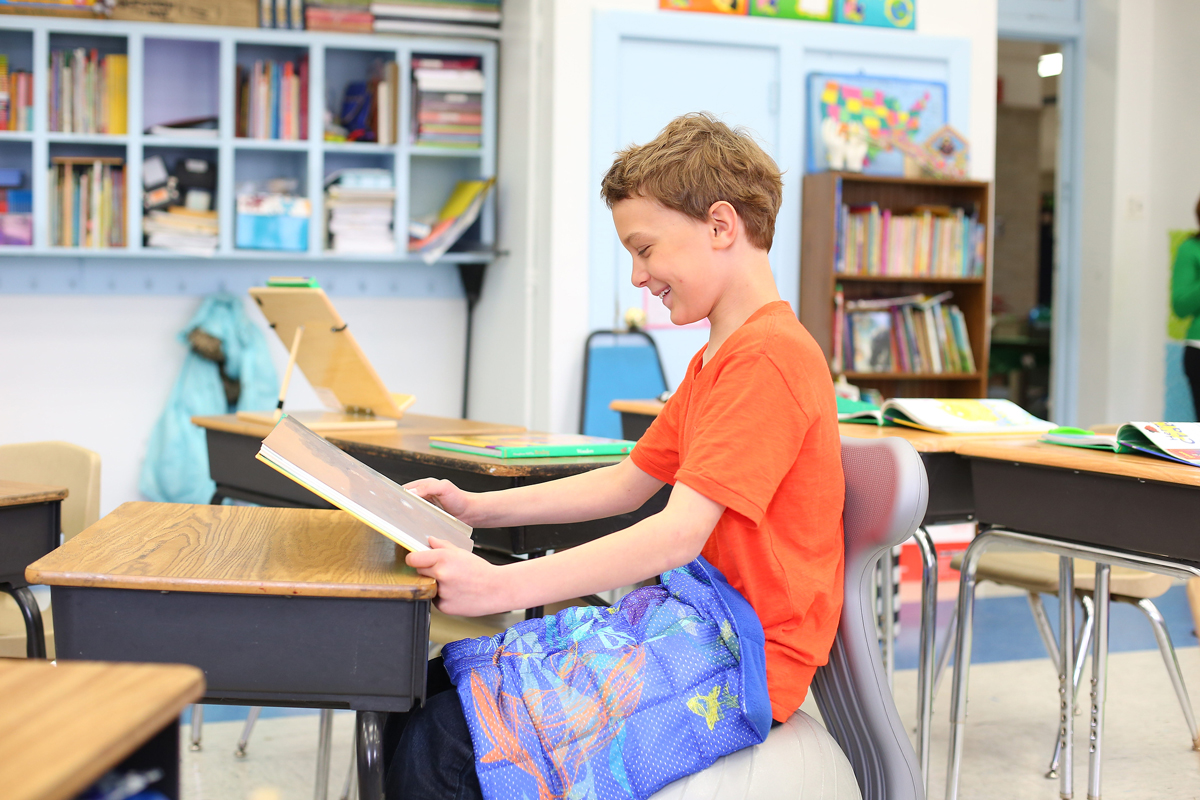
Understanding the Needs of Children with ADHD
Traditional seating arrangements can be challenging for kids with ADHD. They may struggle to stay seated for long periods of time, leading to disruptions and discomfort. When a child with ADHD is banging their feet against the chair legs or rocking back and forth in their seat, they are often trying to find the sensory input that they need. Incorporating flexible seating into classrooms and homes can be transformative for children with ADHD. By acknowledging their need for movement and providing appropriate seating options, we foster environments where all children can succeed and flourish.
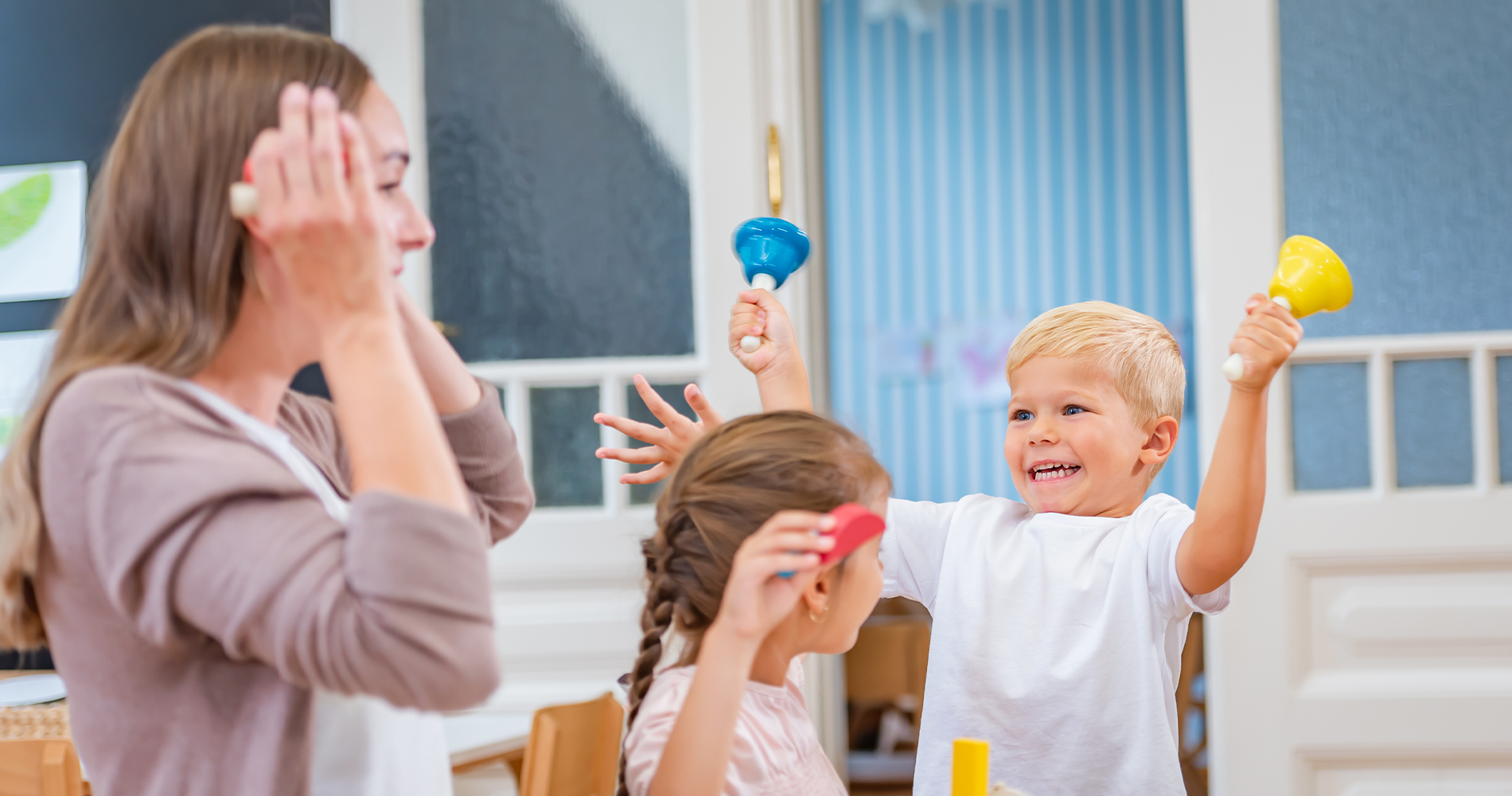
Flexible Seating Options for Kids with ADHD
We believe that “active minds need active bodies.” Here are some of our occupational therapists’ favorite innovative ways to allow kids to move while in their seats.
1. Wiggle Cushions
These inflatable cushions provide a dynamic surface that encourages subtle movement while seated. They promote active sitting by engaging kids’ core muscles and can help improve posture and focus.
2. Chair Fidgets
Attached discreetly to chair legs, the Stretch Me Chair Fidgets allow children to quietly bounce their feet while seated. This can reduce restlessness, promoting a calmer learning environment.
3. Wobble Seats
Wobble Chairs are stools that have a rounded base, allowing for 360-degree movement. They engage core muscles and offer a controlled way to fidget without leaving the seat.
4. Bean Bag Chairs
Bean bags provide a cozy flexible seating option. Children can shift positions comfortably and find one that works best for them.
5. Squeezie Seats
Our SensasoftTM Squeezie Seat incorporates deep pressure input to calm children with ADHD, so that their minds can be free for learning. Children can also sit in the Squeezie Seat various ways depending on their needs.
6. Floor Seating
Sometimes the best option is the floor, either lying prone or in a seat with a supportive back such as our SensaSoft™ Adjustable Floor Chair.
Flexible Seating in the Classroom
Many teachers are wary of flexible seating for the classroom as they posit it will cause more disruption, but studies have shown that giving students a choice of how they learn can increase engagement and improve grades. Flexible seating allows students to quietly wiggle, wobble and fidget, increasing focus and attention, as well as improving core strength- a key component in good seating posture. Kids develop a sense of agency over their environment when they get to choose a chair that suits them, leading to greater participation. Teachers also report more collaborative learning. Introducing small areas with different seating arrangements allow for more interaction between students. Explore the benefits of flexible seating with chapter 5 of our online Sensory Coach series or ourFlexible Seating Webinar.
By providing flexible seating options, we can create inclusive environments that support the diverse needs of children with ADHD. These alternatives empower children to move and fidget in a controlled manner, enabling them to focus better and participate more actively in learning activities. Remember, every child is unique, so it's essential to explore different options and observe what works best for each individual.
Explore and embrace innovative seating solutions that promote inclusivity and support the well-being of every child, one seat at a time.

















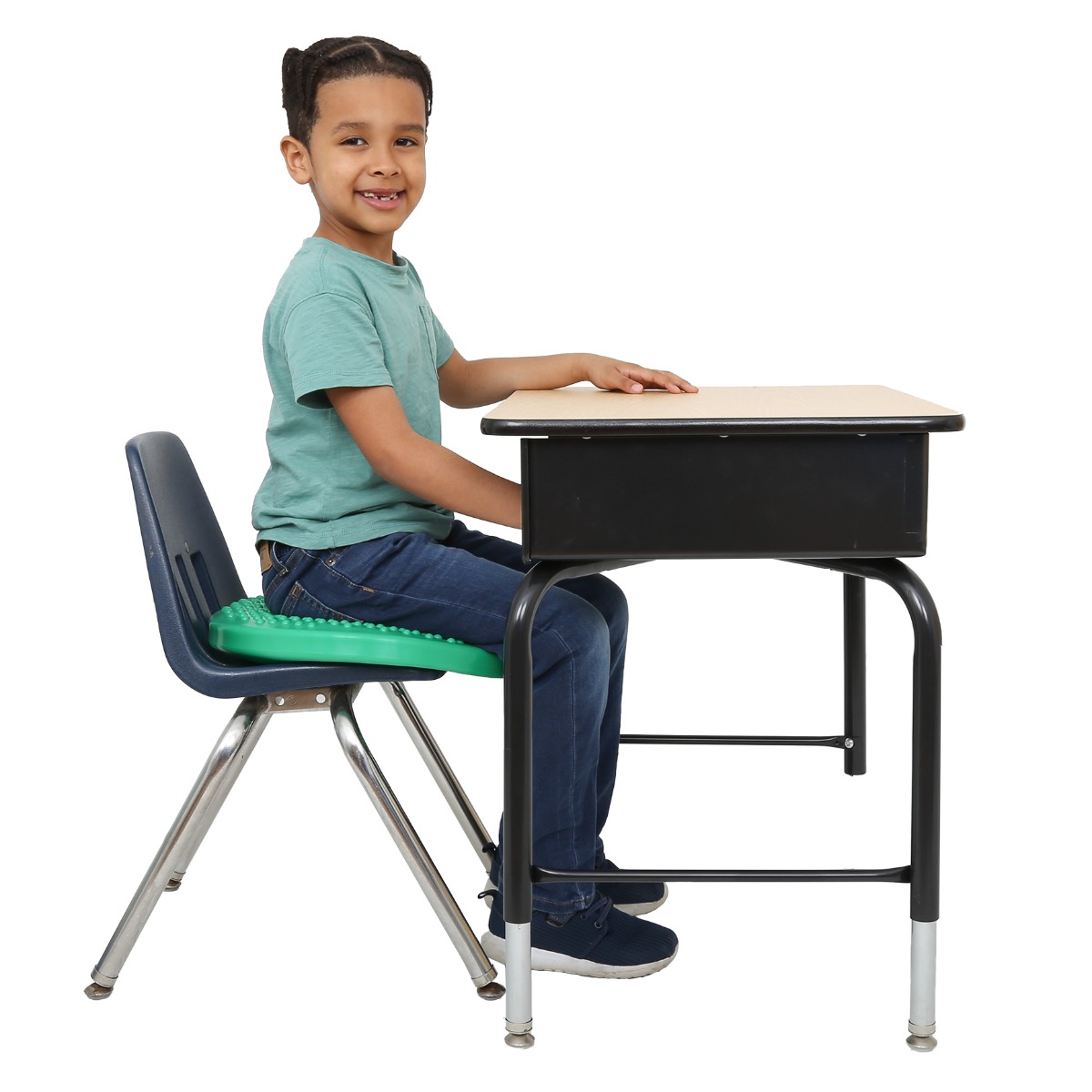
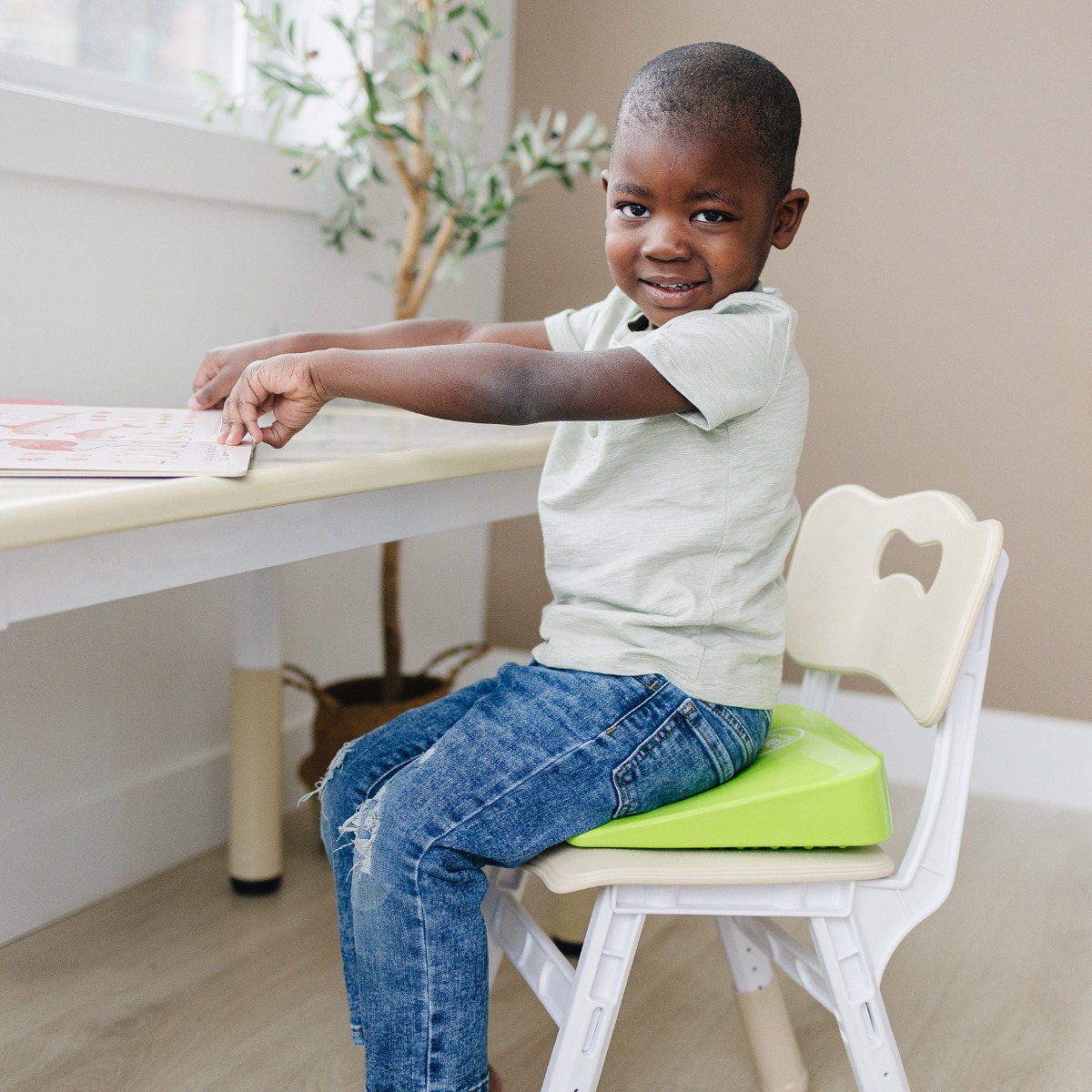
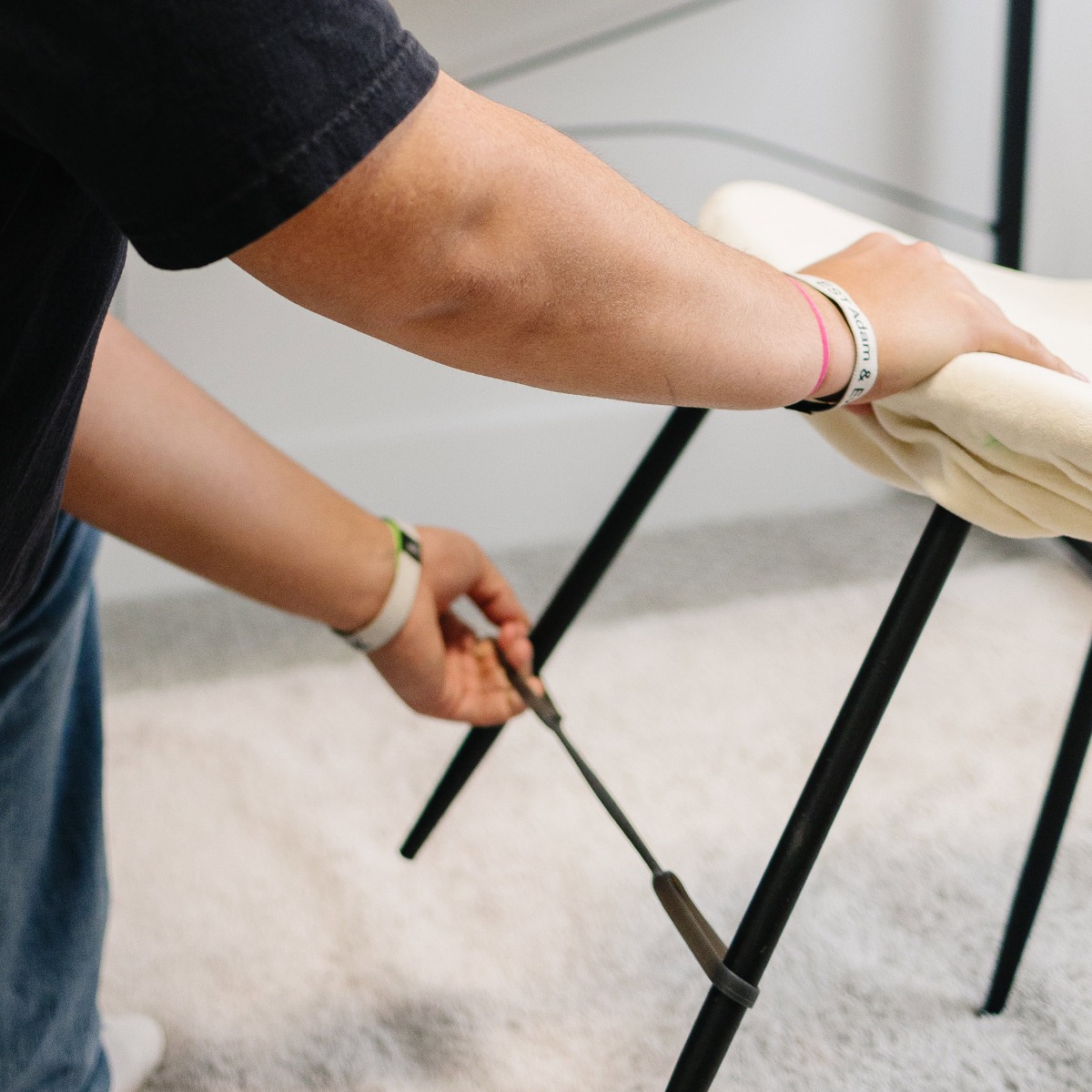
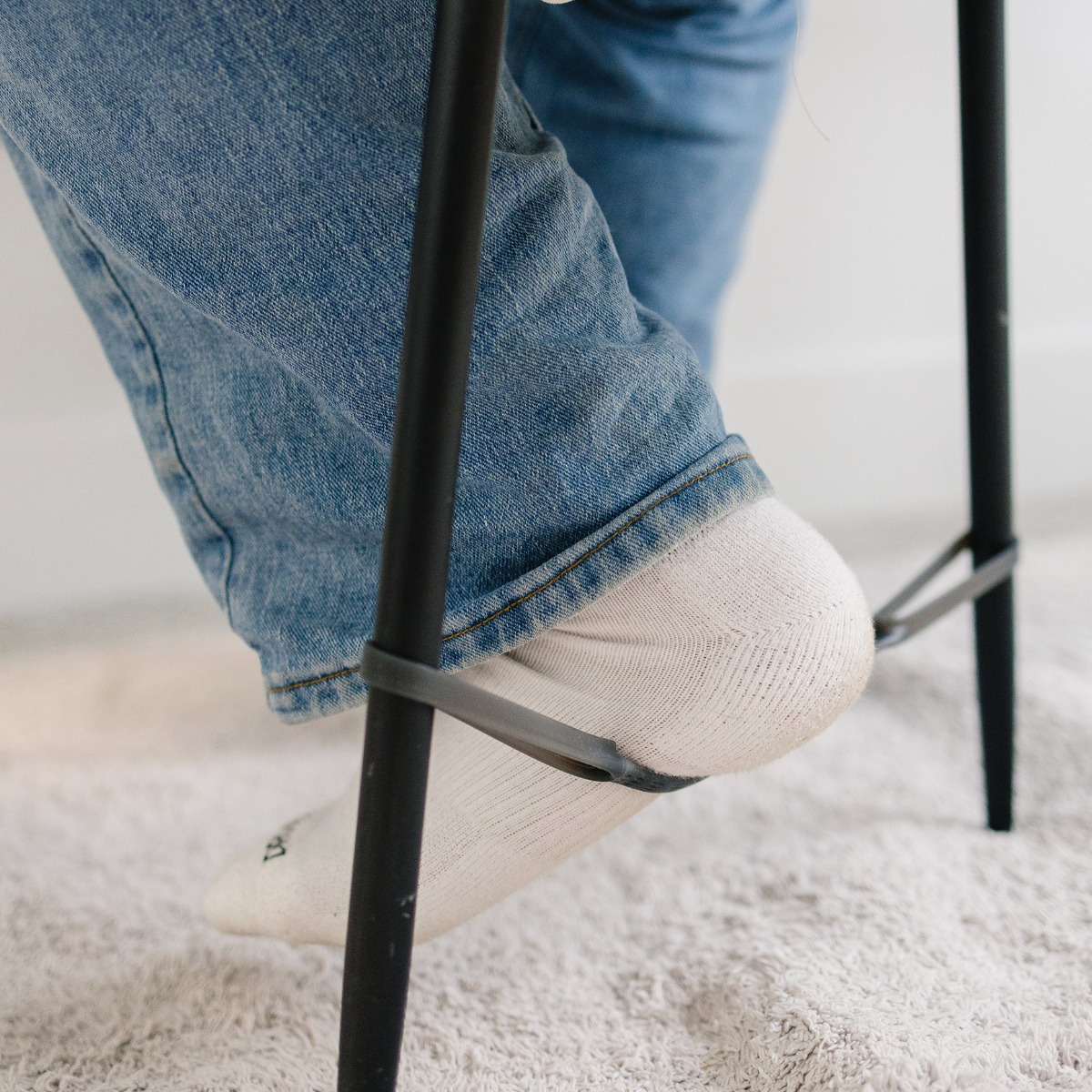
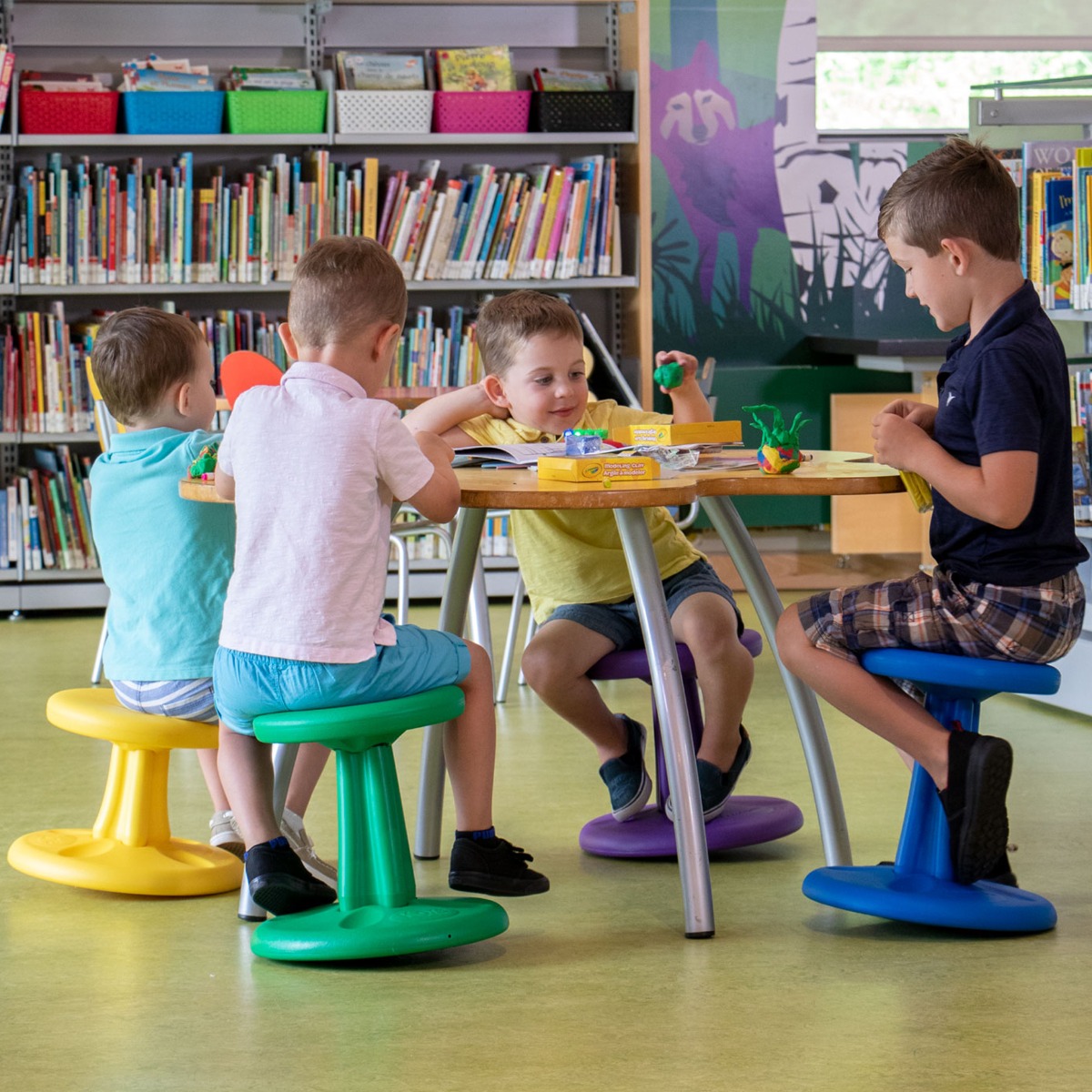
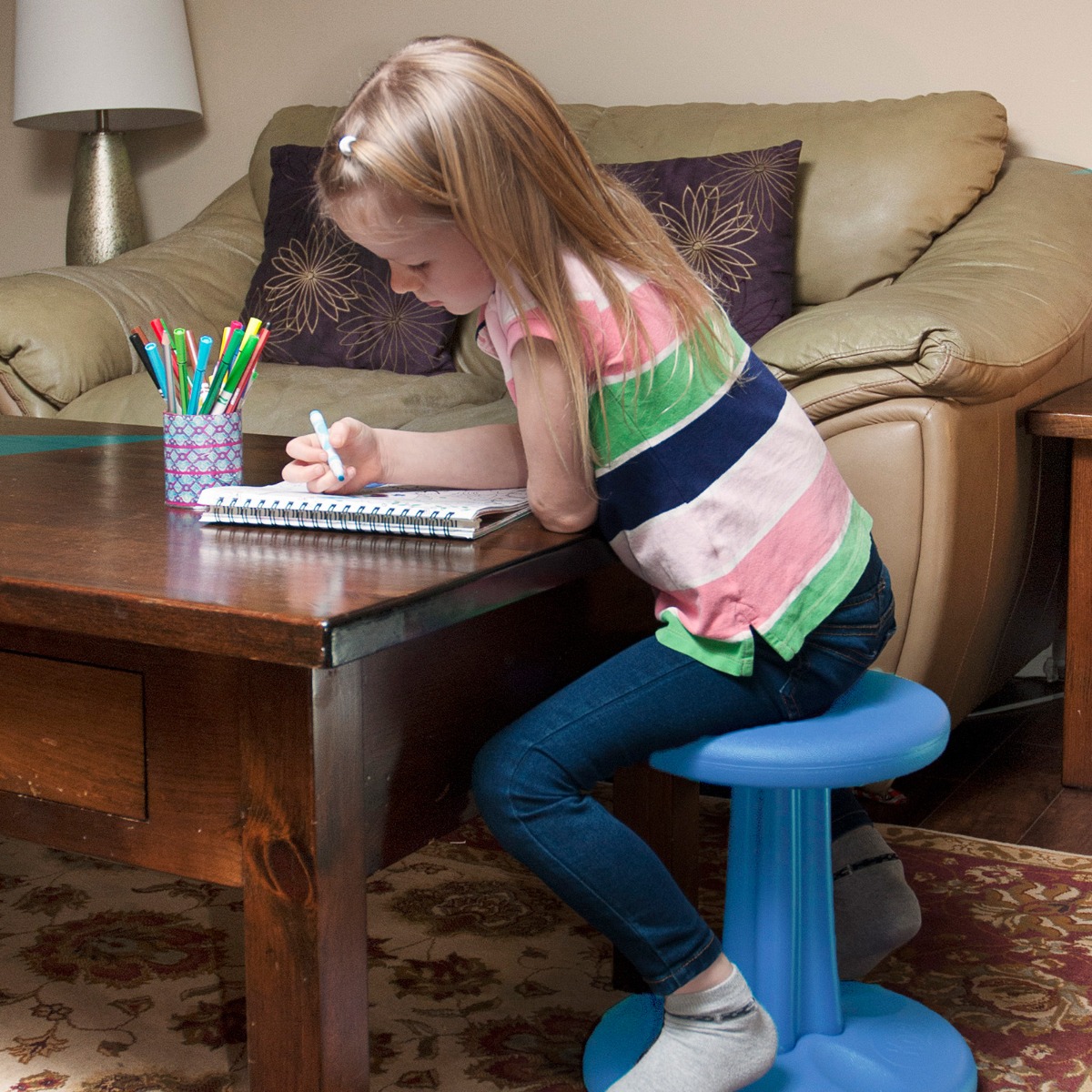

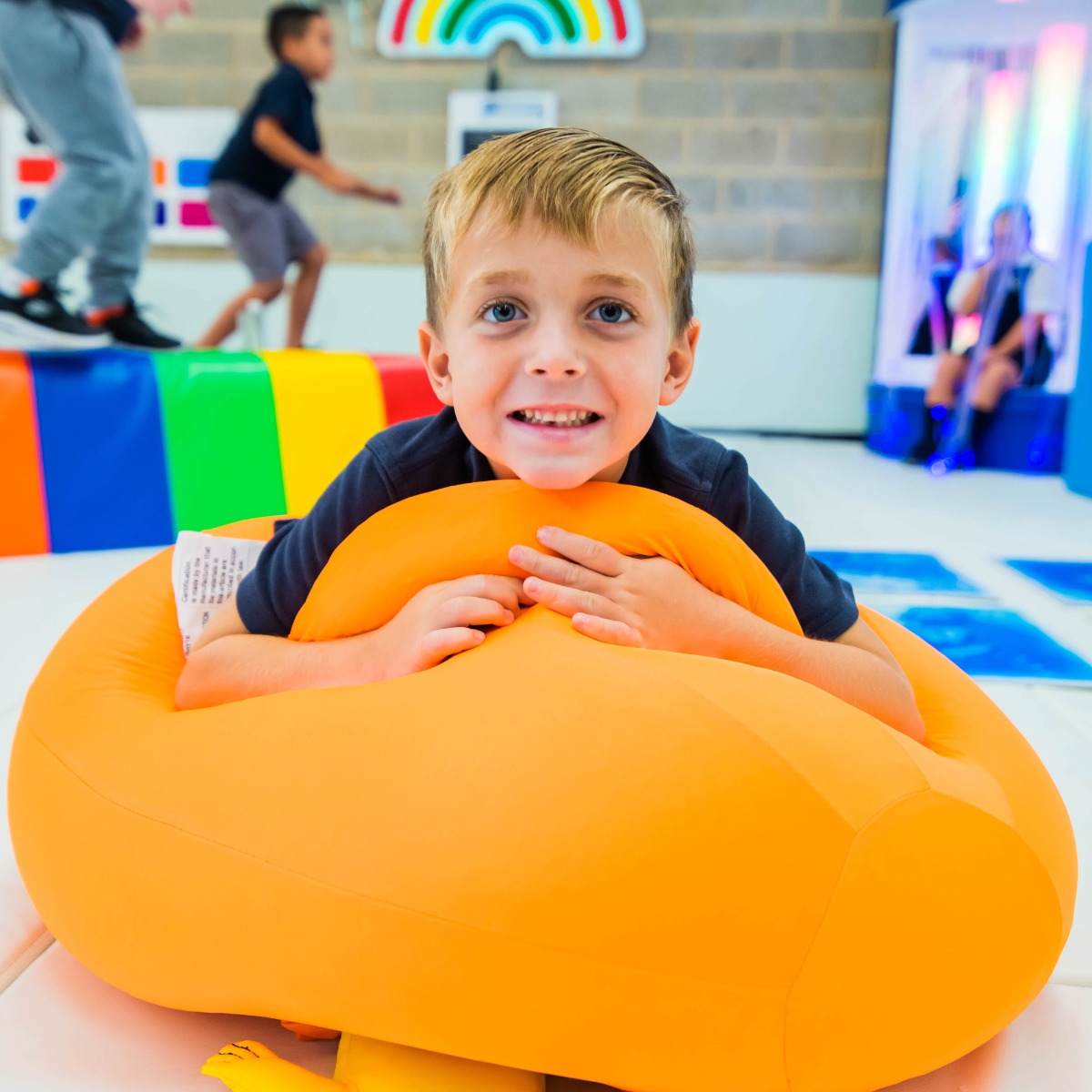
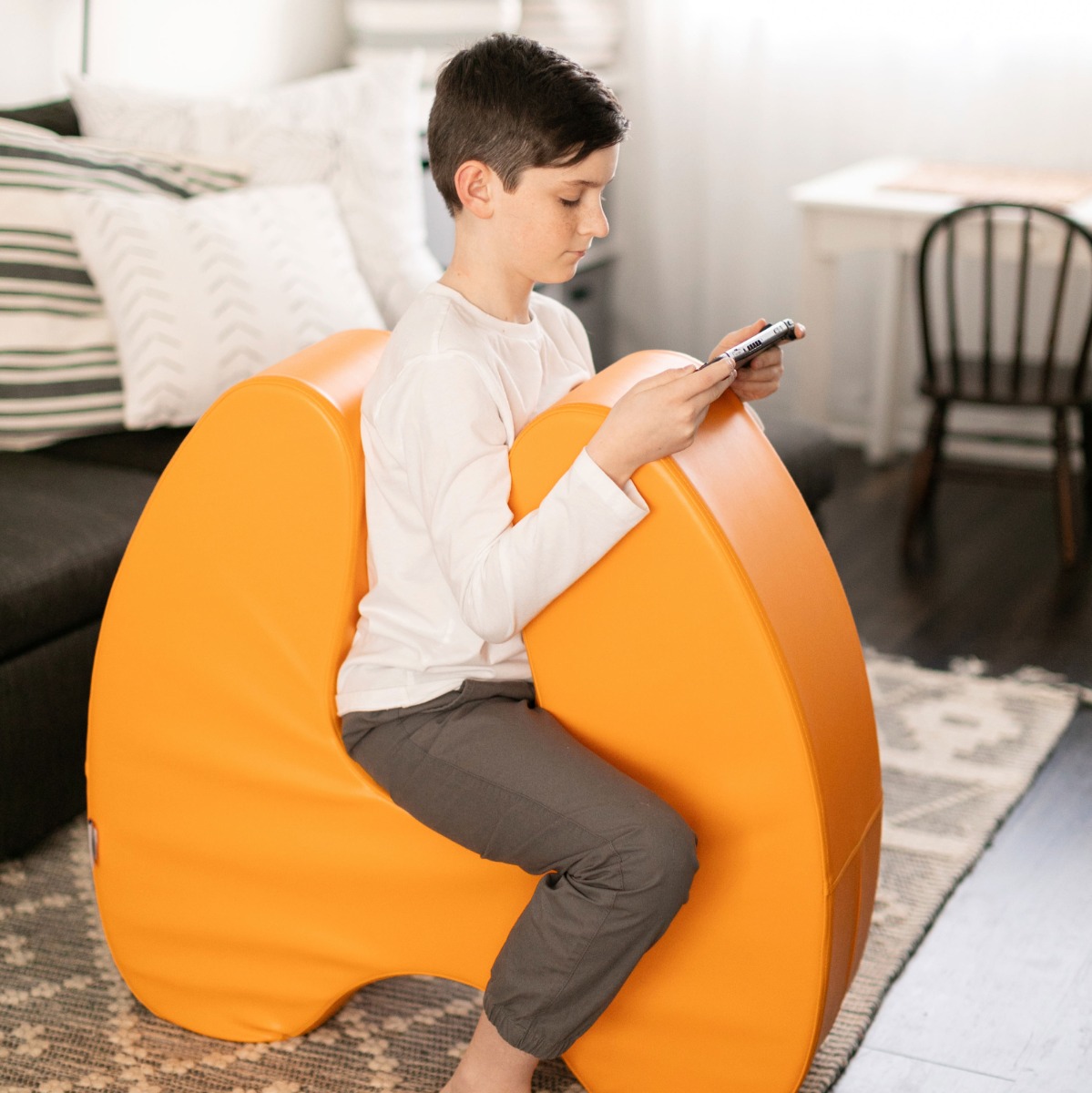
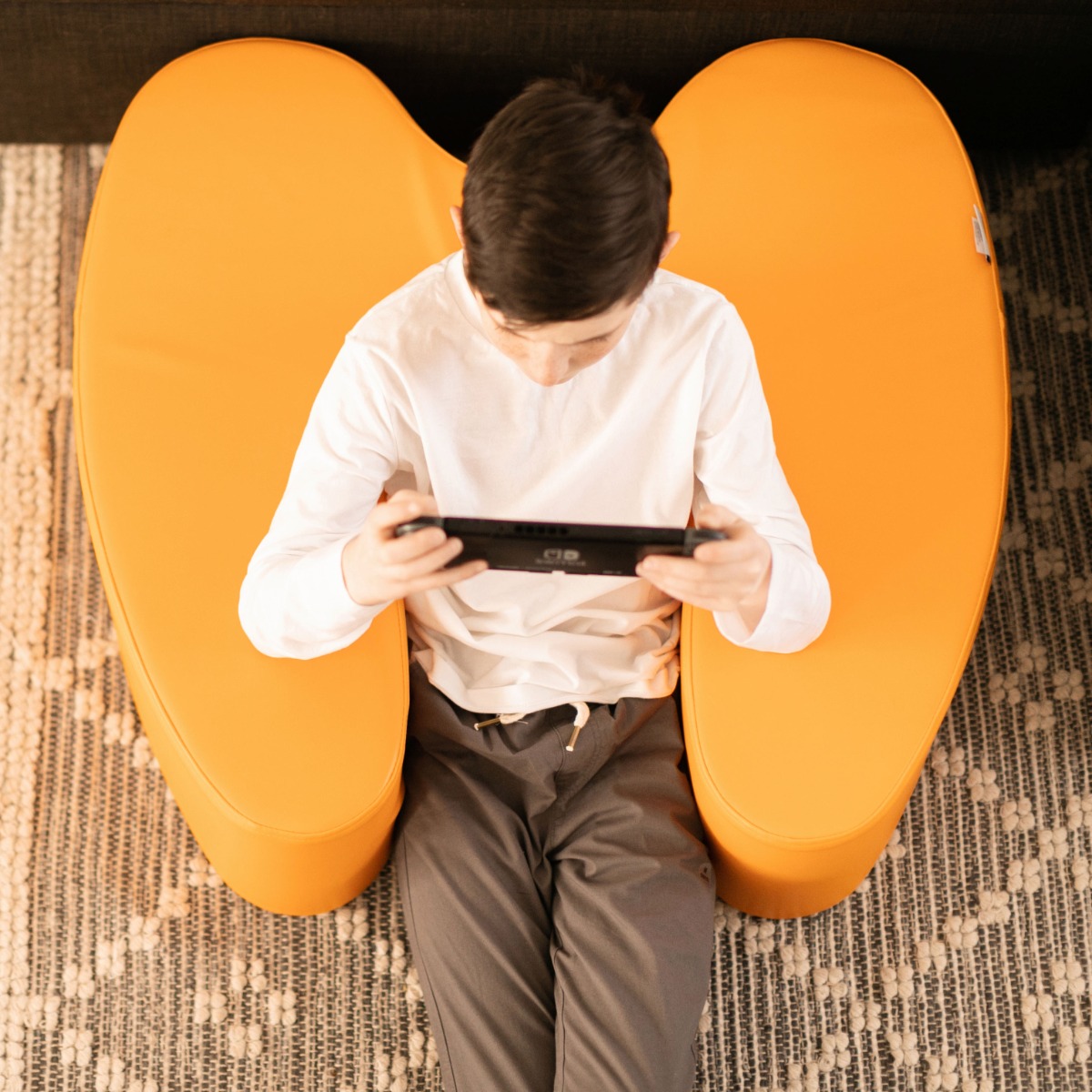

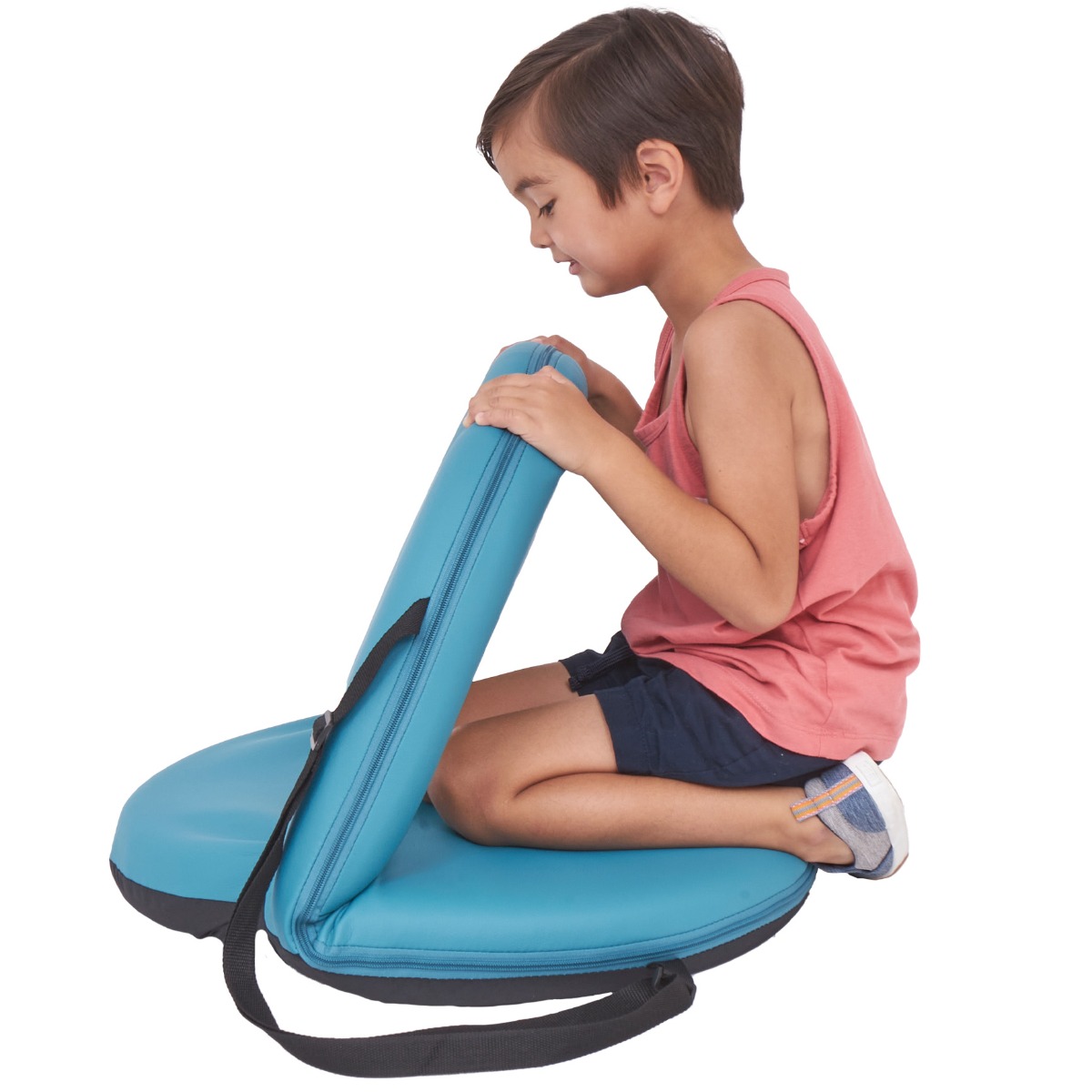





Comments